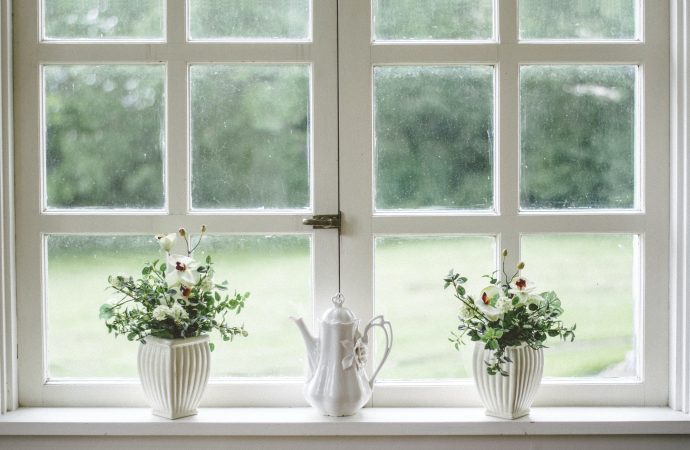Gardening is a wonderful way to connect with nature, grow your own food, and create a beautiful outdoor space. However, traditional gardening practices can be harmful to the environment, using excessive water, pesticides, and fertilizers. Fortunately, there is a solution: edible landscaping. By incorporating edible plants into your garden design, you can create a sustainable
Gardening is a wonderful way to connect with nature, grow your own food, and create a beautiful outdoor space. However, traditional gardening practices can be harmful to the environment, using excessive water, pesticides, and fertilizers. Fortunately, there is a solution: edible landscaping. By incorporating edible plants into your garden design, you can create a sustainable and beautiful landscape that benefits both you and the environment.
What is Edible Landscaping?
Edible landscaping is the practice of incorporating edible plants into your garden design. This can include fruit trees, berry bushes, herbs, and vegetables. The goal is to create a beautiful and functional landscape that provides food for you and your family, while also benefiting the environment.
Benefits of Edible Landscaping
There are many benefits to incorporating edible plants into your garden design. Here are just a few:
1. Sustainability: Edible landscaping is a sustainable gardening practice that reduces the need for pesticides, fertilizers, and excessive watering.
2. Health: Growing your own food is a great way to ensure that you are eating fresh, healthy produce that is free from harmful chemicals.
3. Beauty: Edible plants can be just as beautiful as ornamental plants, and can add color and texture to your landscape.
4. Cost savings: Growing your own food can save you money on groceries, and can also increase the value of your property.
Tips for Creating an Edible Landscape
Here are some tips for creating a sustainable garden with edible landscaping techniques:
1. Plan your garden: Before you start planting, take some time to plan your garden. Consider the amount of sunlight, soil type, and water availability in your yard, and choose plants that will thrive in those conditions.
2. Choose the right plants: When choosing plants for your edible landscape, consider both their aesthetic and functional value. Choose plants that are both beautiful and edible, and that will provide a variety of fruits, vegetables, and herbs throughout the growing season.
3. Incorporate companion planting: Companion planting is the practice of planting different plants together that benefit each other. For example, planting marigolds with tomatoes can help repel pests, while planting beans with corn can help fix nitrogen in the soil.
4. Use organic gardening practices: To create a truly sustainable garden, use organic gardening practices. This includes using compost instead of chemical fertilizers, and using natural pest control methods instead of pesticides.
5. Consider the wildlife: Edible landscaping can also benefit wildlife, such as bees, butterflies, and birds. Choose plants that attract these beneficial creatures, and provide them with a habitat in your garden.
Conclusion
Creating a sustainable garden with edible landscaping techniques is a great way to connect with nature, grow your own food, and create a beautiful outdoor space. By following these tips, you can create a garden that is both functional and beautiful, while also benefiting the environment. So why not give it a try? Your taste buds (and the planet) will thank you.

















Leave a Comment
Your email address will not be published. Required fields are marked with *